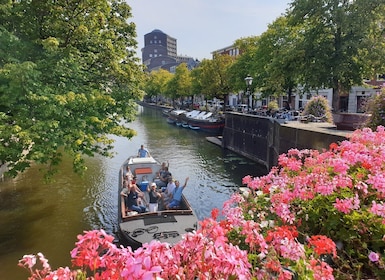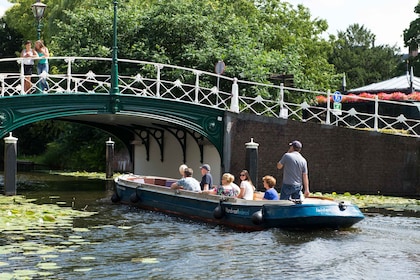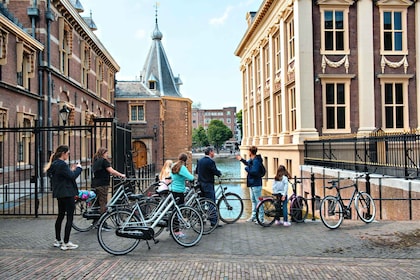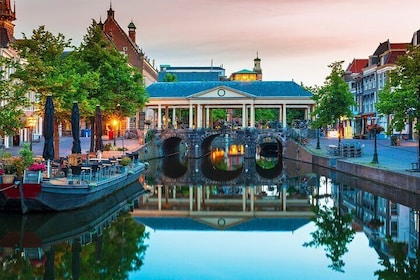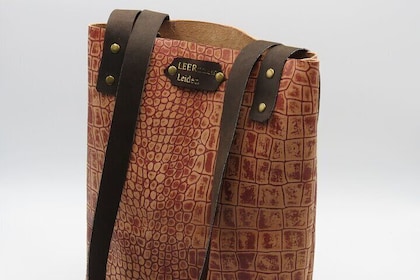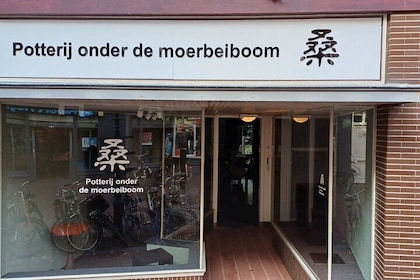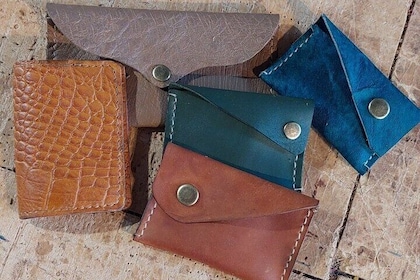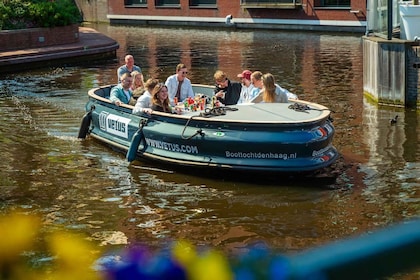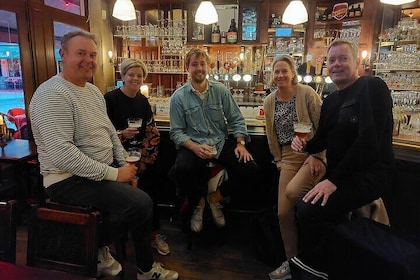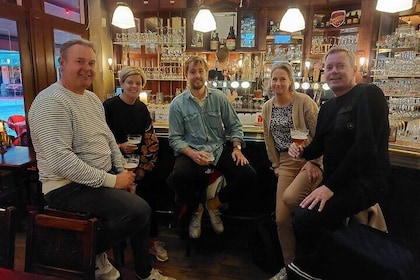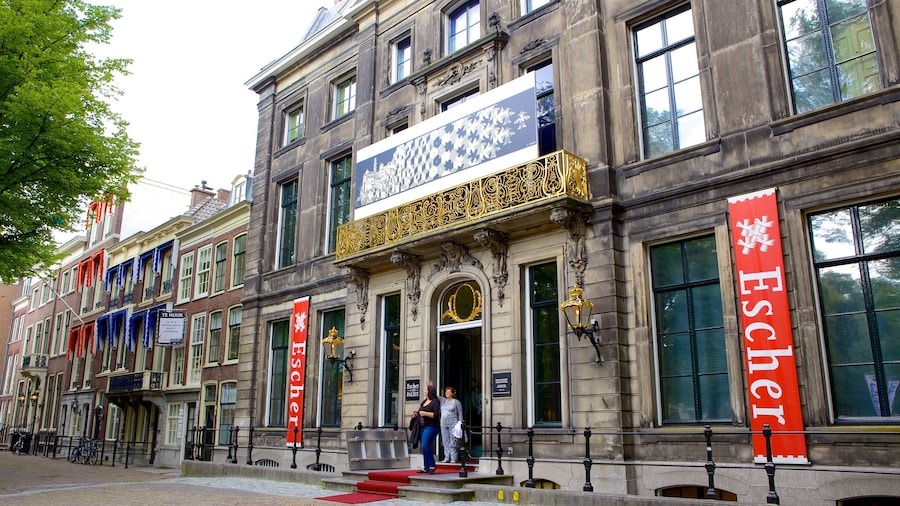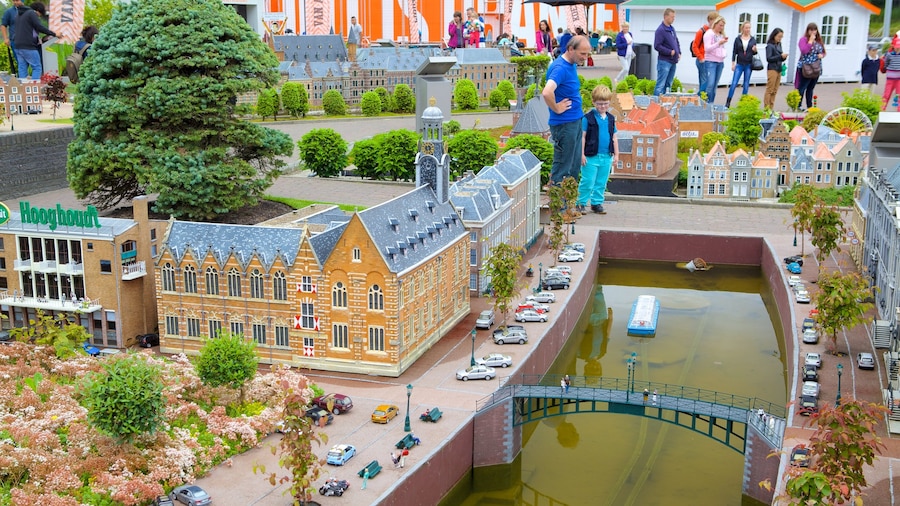This forested estate contains monumental houses, a tearoom, playgrounds, canals and ponds filled with birds, an old Dutch garden and a fine Japanese garden.
No matter which time of year you visit, Clingendael Park is a magnificent display of natural beauty. Walk through a typical Dutch garden, follow the trails through the woodlands or visit colourful rose gardens and azalea and rhododendron displays. At the tearoom, enjoy a hot drink with Dutch treats in winter or ice creams in summer. Cherry and bonsai trees are dotted around the ponds of Clingendael’s most famous attraction, the seasonal Japanese garden.
The Clingendael estate dates back to the 16th century and for many years it was home to wealthy Dutch families. The most famous of its owners was Lady Marguerite M. van Brienen, also known as Lady Daisy. She created a Japanese garden in the early 1900s after having visited the Orient. Today the garden is preserved as a national monument and remains the largest Japanese garden in the Netherlands.
Start with a walk around the typical Dutch garden, with its boxed hedges, ornamental topiaries and bright flowerbeds. Stop to inspect the 18th-century Pendulum Wall, once used to support fruit trees. Follow the winding paths to explore the woodland surrounding the estate, and keep an eye out for Lady Daisy’s dog cemetery.
In spring and autumn you can visit the Japanese Garden. Take one of the free maps from the entrance and explore the narrow paths to see the pink blossoms of the cherry trees or bright-red autumn leaves. These colours combined with bamboo stalks and the scent of moss recreates the atmosphere of a true Japanese garden. Along the way, spot lanterns, sculptures, bridges and a water casket brought back from Japan by Lady Daisy. The relics include statues of Buddha and a shrine with traditional shoji doors.
Clingendael Park is located northwest of The Hague, on the road to Wassenaar. It is a 20-minute drive from central The Hague and city buses stop near the entrance. The park is a public space and so entry is free. The Japanese Garden is also free, but is only open during selected weeks, depending on when the cherry trees blossom or the leaves change colour.
